Knives are the workhorses of your kitchen. They mince garlic, slice peppers, cube meat, and so on. Over time, heavy usage (and all the subsequent cleaning and storage) will result in dull, chipped, and rusted blades. But thankfully, it’s easy to avoid that fate for your knives with a little TLC.
Whether you ride with a Japanese-style chef’s knife, prefer a Western-made blade, or split the difference with something in between, we’ve got five straightforward tips for keeping yours in pristine condition. Consider this the “treat yourself” guide to knife maintenance.
Invest In The Right Storage
Tucking your knife, unsheathed, into a drawer isn’t going to cut it (sorry, we couldn’t help ourselves). Not only is that dangerous—it’s not hard to imagine what will happen when someone cluelessly reaches into said drawer—but storing it this way can damage the blade. Instead, assess your counter space to select the right kind of knife container for you. A knife block keeps blades out of sight, while a magnetic strip to hang them from is a good solution if you lack counter real estate.
Sharpen Your Knives The Correct Way
An unsharpened blade is clumsy, hard to use, and—let’s be real—a little scary. It makes you think you need to use more force than necessary, which can lead to slips and cuts. You can avoid all this by regularly sharpening your knife—at least once or twice a year. There are two options we recommend: a whetstone or an electric sharpener, though sometimes the latter isn’t as exact as the former. There are plenty of online tutorials for how to sharpen with a whetstone; you can also call your local knife shop and ask if they offer sharpening services.
Double-Check Your Cutting Boards
Stay away from surfaces that are harder than a knife’s steel, because they will weaken a blade over time. That means—say it with us—no glass cutting boards. Ever. Avoid using your knives on granite, marble, and ceramic surfaces, too. Instead, opt for wood or a paper composite like the boards from Epicurean, which are particularly knife-friendly, durable, easy to store, heat-resistant, and, perhaps most important, dishwasher-safe.
Slice And Dice In A Natural Way
Holding a knife can provoke some anxious thoughts. Is this the right way to hold it? What do I do with my other hand? Such feelings are very natural, and we’ve got some answers. When cutting, don’t move the knife vertically up and down, since that can weaken the blade as it hits the cutting board. Slice and sway, rocking the knife back and forth so it gently cuts against the board, which will act as a soft but stable landing spot, especially if you’ve gone with Epicurean Cutting Boards’ paper-composite material. As for that other hand, perch it firmly above whatever you’re cutting and curl your fingertips inward, so that when you chop, your knife brushes against your knuckles.
Let Your Knife Be Your Knife
You don’t try to measure a teaspoon of oil with a wooden spoon or frost a cake with a turkey baster. So why would you scrape your knife against the cutting board to pick up what you just chopped? Break out the bench scraper for that job. Similarly, never use your blade to crack open a can. Let your knife be your knife: a trusty slicer, dicer, and chopper, always at the ready in your kitchen.
Keep your knives in great condition with our go-to cutting boards:






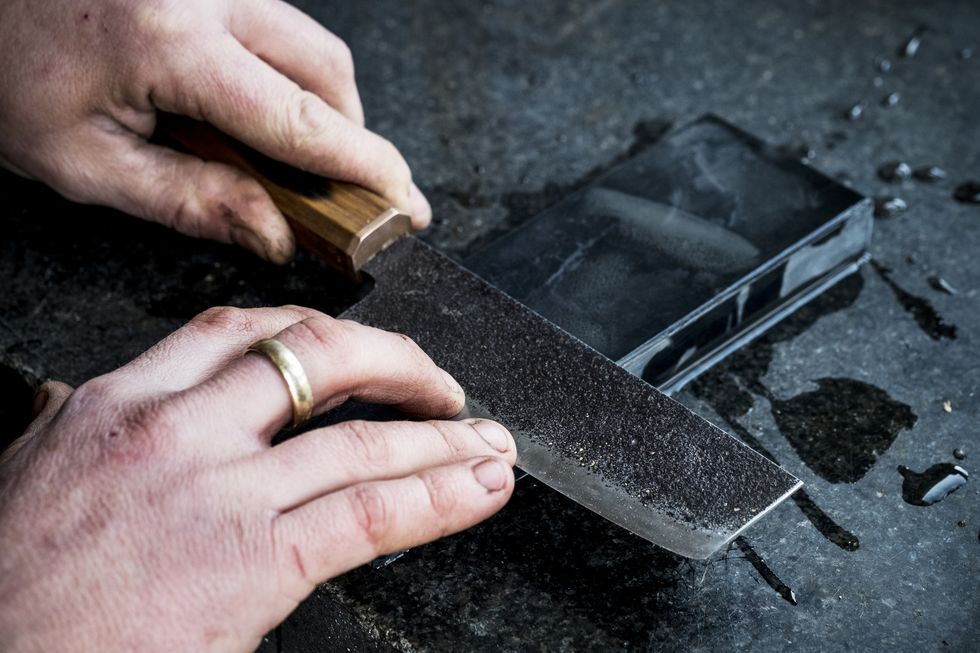
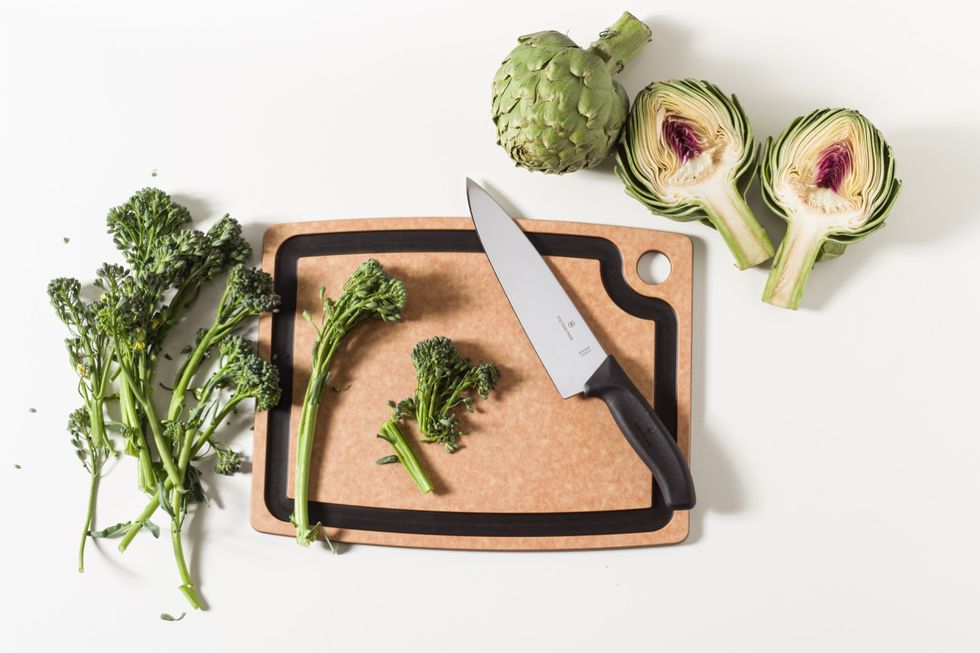
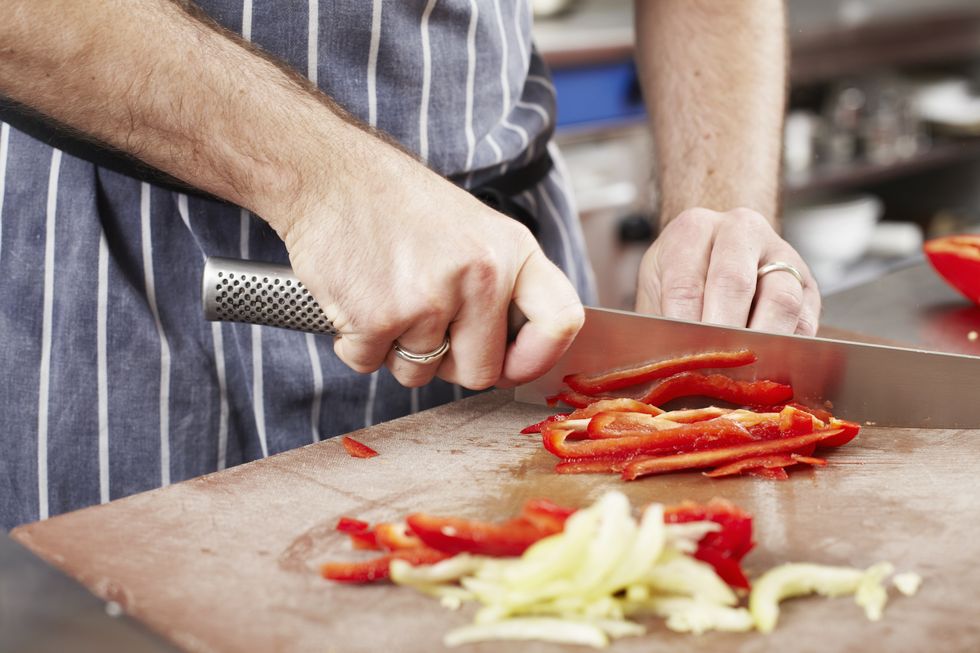


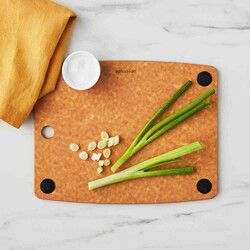









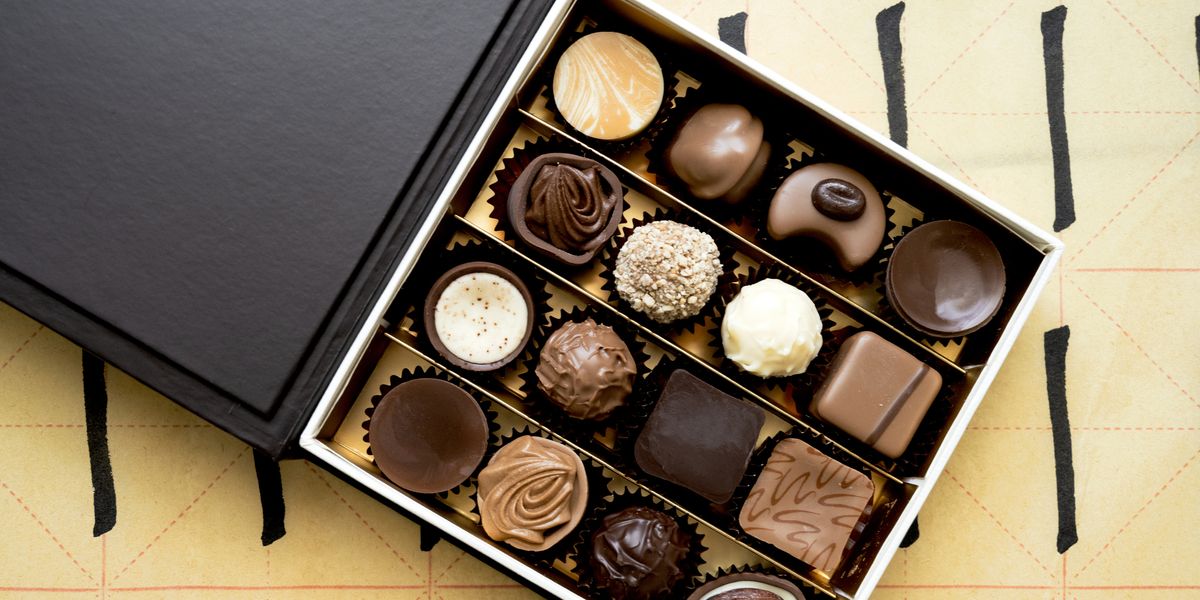
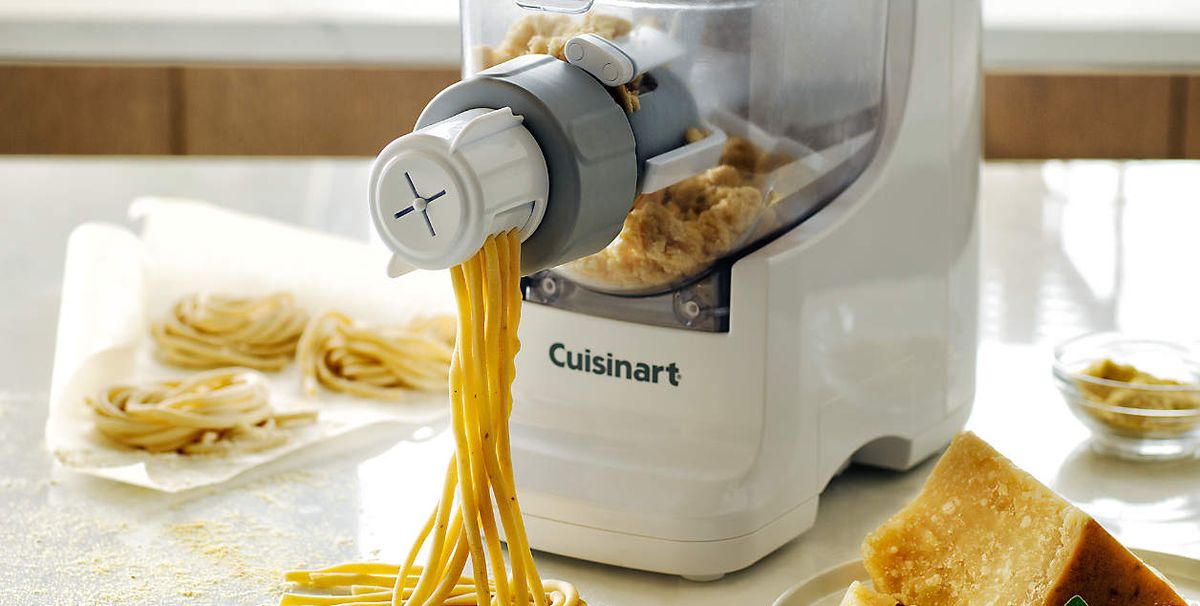



Leave a Reply